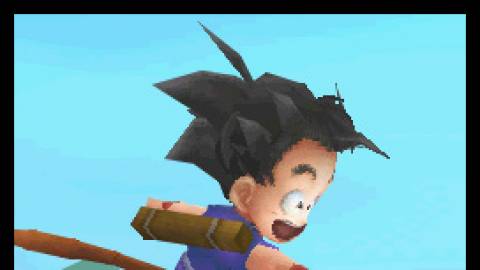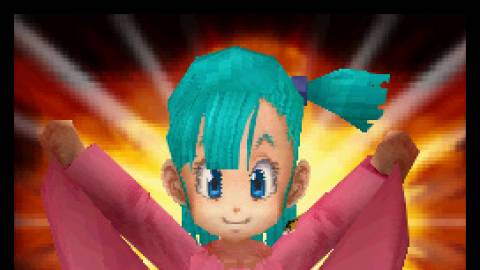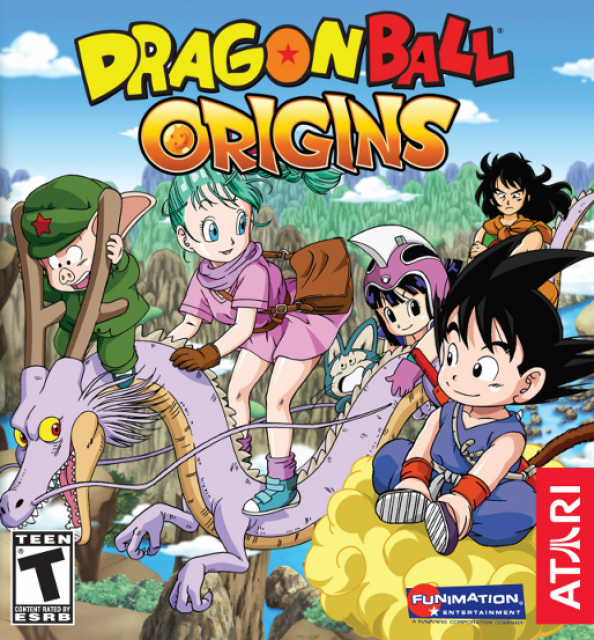Overview
Dragon Ball: Origins (known in Japan as Dragon Ball DS) is a 3D sci-fi fantasy action-adventure game developed by Game Republic and published for the Nintendo DS in Japan (by Namco Bandai on September 18, 2008), North America (by Atari on November 4, 2008), and Europe (by Namco Bandai on December 5, 2008).
Following the earliest parts of the Dragon Ball manga and anime series, Origins has players controlling mysterious monkey-tailed kid Goku as he teams up with a group of adventurers (including teenage scientist Bulma and shapeshifting anthropomorphic pig Oolong) in search for the seven Dragon Balls (as it is believed that finding them all grants a wish).
It later received a direct sequel in 2010, titled Dragon Ball: Origins 2.
Plot
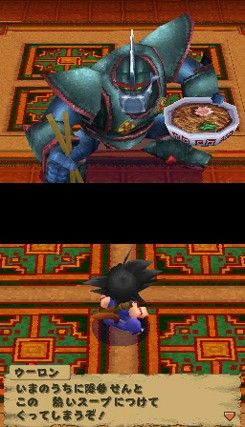
The plot of Dragon Ball: Origins follows both the Emperor Pilaf Saga and the 21st World Martial Arts Tournament Saga, as well as including various original stories. Overall, Origins covers the first 28 episodes of the animated series and 54 chapters of the manga.
Gameplay
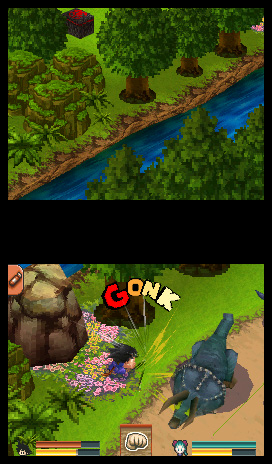
Playing as Son Goku, the player navigates 3D environments based on those seen in the Manga and Anime. Mostly the game consists of environmental puzzle solving and combat. Goku can make use of various abilities such as his Nyoi-bō (Power Pole), basic martial arts techniques and the Kamehameha energy attack, both for combat and puzzle solving / navigation. Not all abilities will be available from the beginning of the game as some are learned only through the course of the story.
The game is divided into episode stages. Each stage has a goal the player must complete, which is often the defeat of a boss, to unlock the next episode stage. While the environments and enemies are based on the Manga and Anime they are expanded upon. For example, levels contain multiple enemies and are not limited only to encounters as seen in either the Manga or Anime.

 Nintendo DS
Nintendo DS



